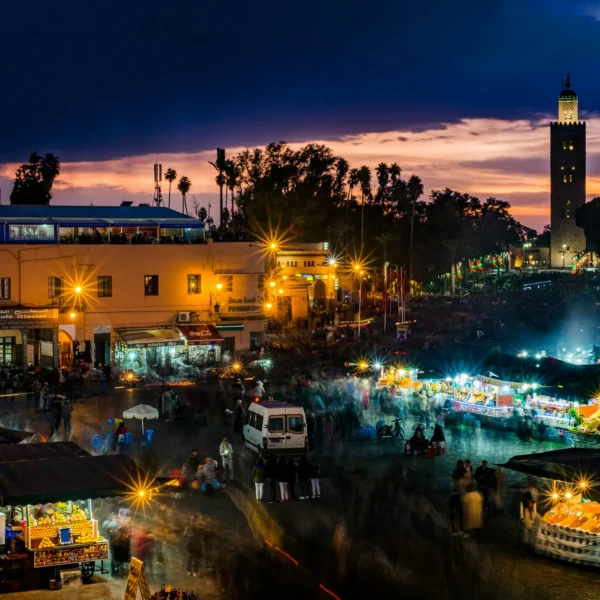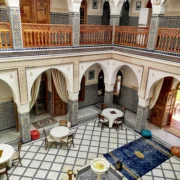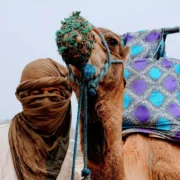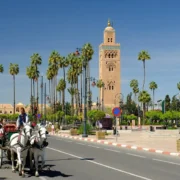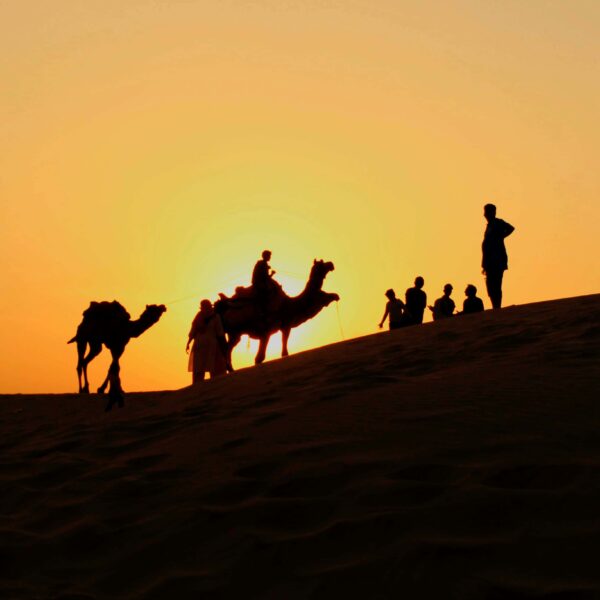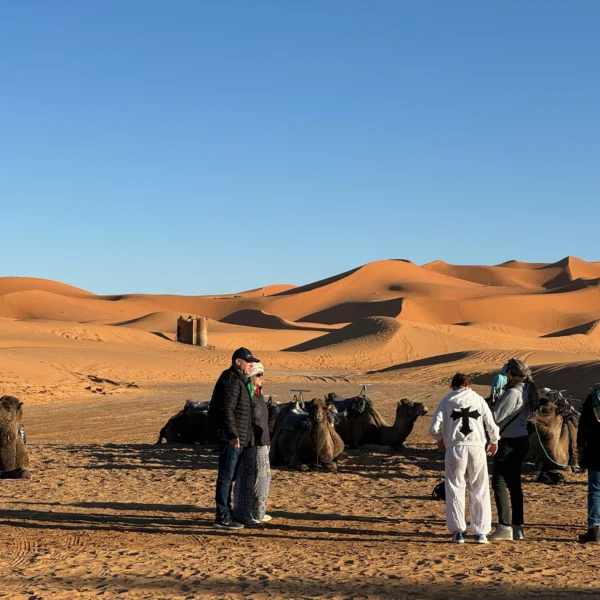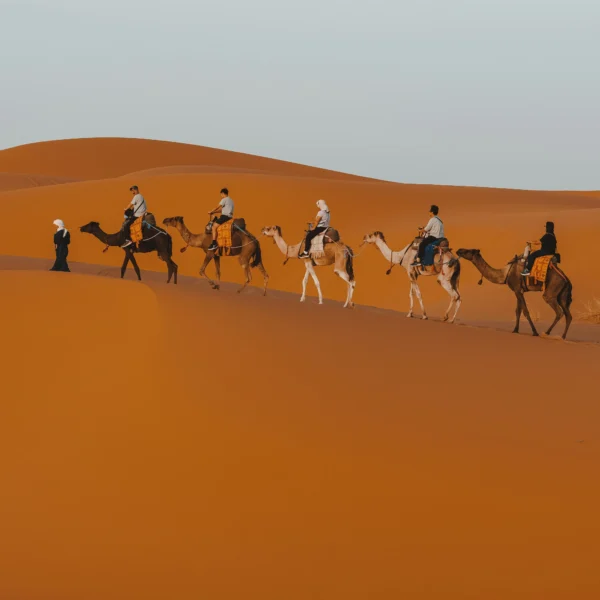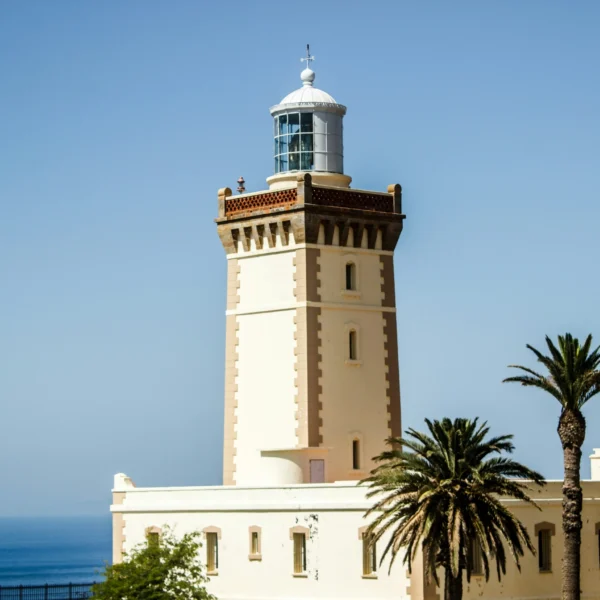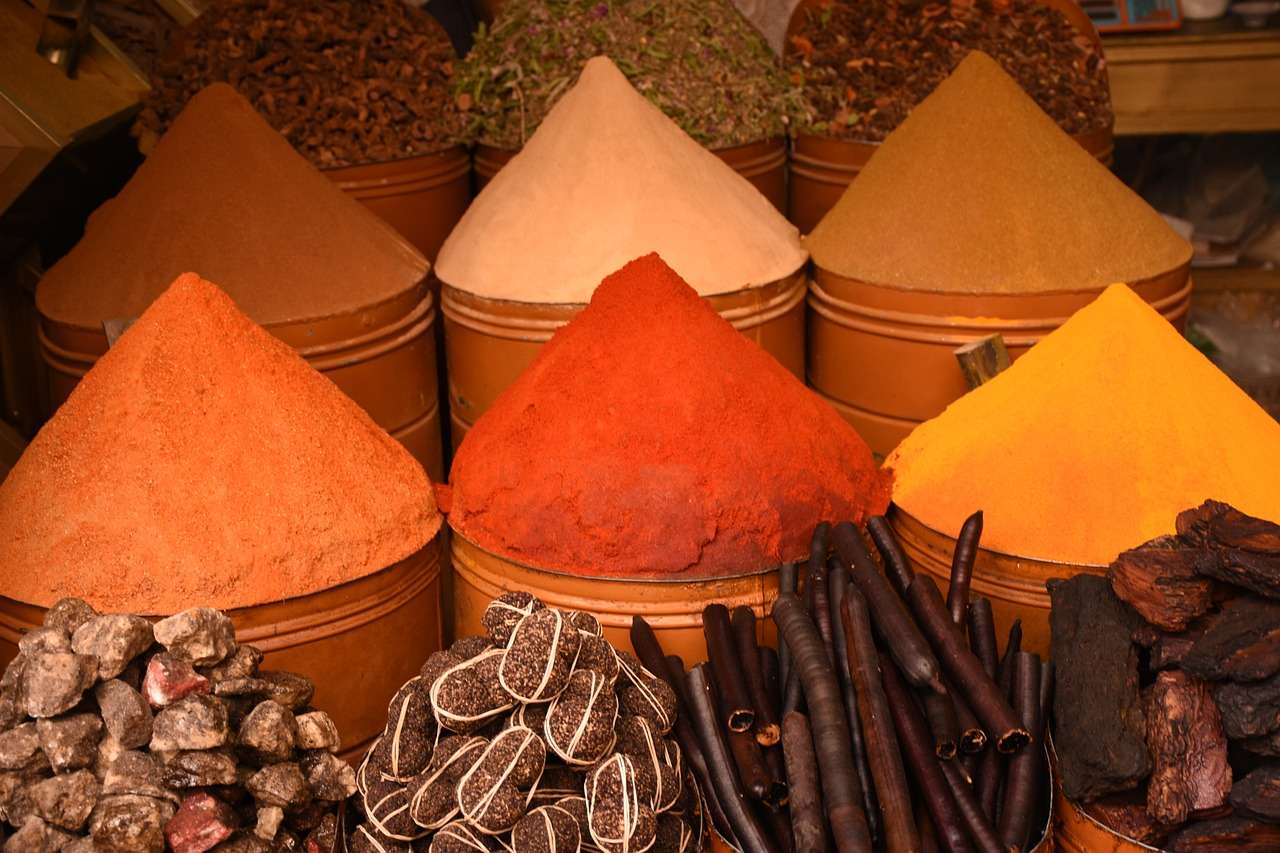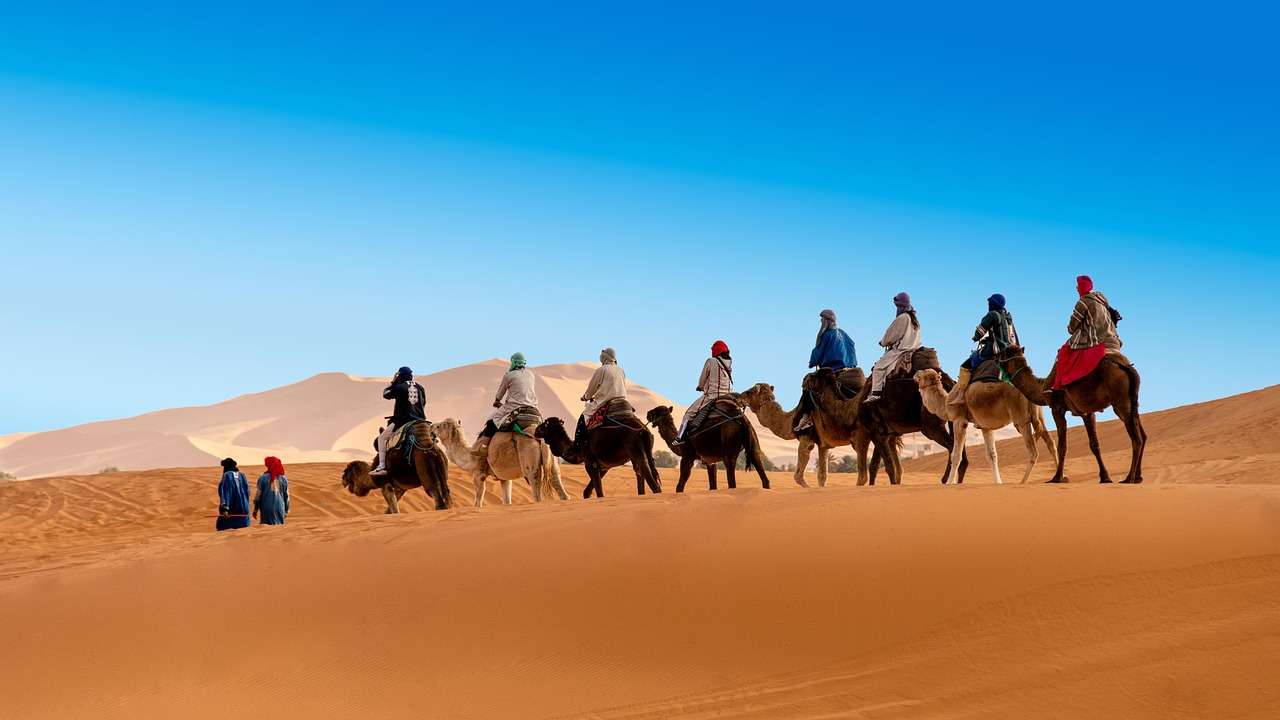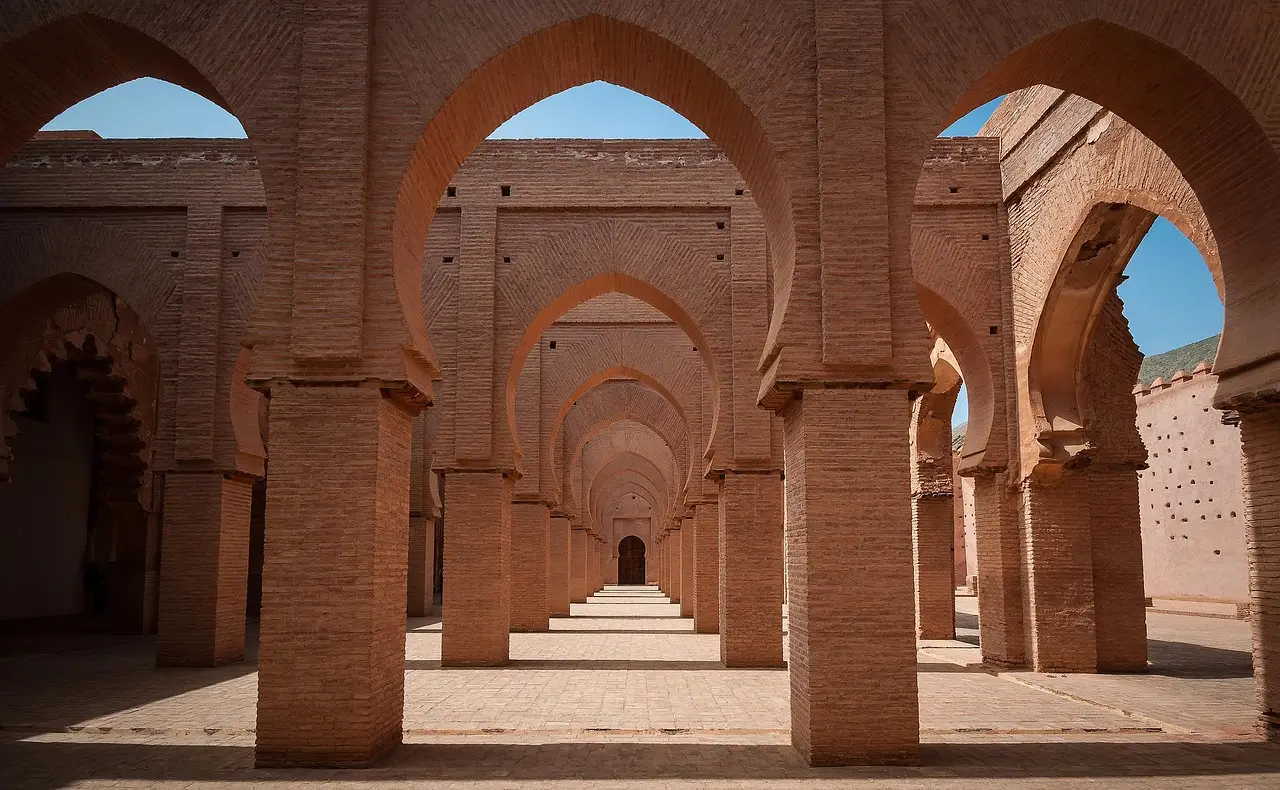
Best Time to Travel to Morocco : Plan Your Perfect Trip
Table of Contents
ToggleIntroduction to Finding the Best Time to Travel to Morocco
Dreaming of exploring Morocco’s vibrant markets, golden deserts, and mountain villages? You’re in the right place! Deciding the best time to travel to Morocco hinges on balancing weather, crowds, and cultural experiences. From the sun-drenched Sahara to the snowy Atlas peaks, Morocco’s diverse landscapes offer year-round adventures. But timing your trip right can make all the difference. So what is the Best Time to Travel to Morocco?
This step-by-step guide breaks down the seasons in Morocco, highlights unmissable festivals, and shares insider tips to skip tourist hotspots. Whether you’re on a budget, seeking cultural immersion, or chasing outdoor adventures, these clear-cut directions will help you plan the ultimate Moroccan getaway. Let’s dive in!
Understanding Morocco’s Diverse Climate
Its varied geography means Morocco boasts a range of climates. Let’s explore how the coast, desert, and mountain areas shape your travel experience.
Coastal Areas: Mild Winters, Breezy Summers
The coastal cities of Essaouira and Agadir enjoy a Mediterranean climate. Summers rarely exceed 80°F (27°C), and winters are mild at around 60°F (15°C). Pro tip: Essaouira attracts surfers in summer with its Atlantic winds and kiteboarders in winter.
Desert Zones: Extreme Heat and Chilly Nights
The Sahara Desert near Merzouga experiences summer highs of 115°F (46°C), while winter nights can dip below freezing. For comfortable desert treks, aim for spring (March–May) or fall (September–November), when daytime temperatures average 75–90°F (24–32°C).
Mountain Areas: Snow-Capped Peaks and Alpine Vibes
The Atlas Mountains provide a dramatic exception. Villages like Imlil and Oukaimeden—Morocco’s ski resort—are snow-covered from December to February. Late spring and early autumn are perfect for trekking, with crisp mornings and sunny afternoons.
Interesting fact: Morocco’s microclimates allow you to ski in the morning and sunbathe on the coast in the evening!
Month-by-Month Guide to Morocco’s Seasons
Now, let’s break down Morocco’s calendar to help you pinpoint your perfect travel window.
Spring (March–May): Blooms, Mild Weather, and Cultural Buzz
- March: Almond and orange blossoms perfume the air in Tafraoute and the Ourika Valley. Marrakech’s temperatures hover at 70°F (21°C), perfect for exploration without summer crowds.
- April: The Rose Festival in El Kelaa M’Gouna paints the Dades Valley pink, while wildflowers bloom across the Atlas foothills.
- May: Days warm to the 80s°F (27°C), ideal for hiking and city visits. Don’t miss the Gnaoua World Music Festival in Essaouira.
Summer (June–August): Heat, Festivals, and Coastal Escapes
- June: Coastal towns like Asilah and Taghazout shine with temperatures in the 70s°F (20s°C). Inland, it’s a great time to visit before the Sahara heats up.
- July: Marrakech and Fes sizzle at 100°F+ (38°C+), but festivals like Casablanca’s Jazz Festival bring evening relief. Escape to Chefchaouen’s blue streets or the Rif Mountains.
- August: Coastal waters reach 75°F (24°C), perfect for swimming. Insider tip: Take a coastal tour to discover hidden beaches.
Autumn (September–November): Harvest Season and Serene Landscapes
- September: Sahara temperatures drop to 85°F (29°C), perfect for camel treks under starry skies. Join Erfoud’s Date Festival for fresh harvests.
- October: Olive harvests in Meknes and Fes bring vibrant souks and fewer crowds at UNESCO sites like Volubilis. Marrakech’s temperatures dip to a pleasant 75°F (24°C).
- November: Hike the Toubkal Circuit during golden foliage. Desert nights are chilly, but daytime hikes are sublime.
Winter (December–February): Snow, Culture, and Quiet Medinas
- December: Marrakech’s Jemaa el-Fnaa Square buzzes with festive markets, while the Atlas Mountains welcome skiers.
- January: Take advantage of budget riads and quiet medinas. Pro tip: Pair a Sahara trip with a stay in the dramatic Dades Valley.
- February: Almond trees bloom in Tafraoute, and Agadir offers sun-kissed escapes from Europe’s winter gloom.
Cultural Festivals and Events
Morocco’s festivals provide a window into its soul. Here’s how to align your trip with these vibrant celebrations.
Religious Festivals: Ramadan and Eid
- Ramadan (dates vary): Experience lantern-lit streets and communal iftar meals. While restaurants close during the day, evenings are lively.
- Eid al-Fitr: Celebrate the end of Ramadan with food, music, and local traditions.
Festivals of the Arts and Music
- Marrakech International Film Festival (December): Mingle with filmmakers amid historic palaces.
- Fes Festival of World Sacred Music (June): Enjoy world music with a spiritual twist.
Local Produce Celebrations
- Imilchil Marriage Festival (September): Witness Berber bridegrooms seeking wives in the Atlas Mountains.
- Date Festival in Erfoud (October): Indulge in fresh dates and watch camel races.
Insider tip: Accommodations for festivals sell out months in advance—book early to secure your spot!
Regional Travel Guides
Sahara Desert Treks
- Best Time: October–April, with daytime highs of 80°F (27°C) and starlit nights.
- Must-Do: Take a guided 3-day camel trek from Merzouga to the Erg Chebbi dunes.
Imperial Cities: Marrakech, Fes, and Meknes
- Best Time: Spring (March–May) and fall (September–November) for temperatures between 70°F and 80°F (21–27°C).
- Hidden Gem: Visit Fes’ Bou Inania Madrasa during winter for serene photo opportunities.
Coastal Gems: Essaouira, Agadir, and Asilah
- Summer (June–August): Surf in Taghazout or feast on grilled sardines in Essaouira.
- Winter (December–February): Join whale-watching tours from Agadir.
Budget Considerations by Season
High Season (March–May, September–November)
- Hotels: Riads in Marrakech and Fes fill up quickly; prices rise by 20–30%.
- Tours: Book early to secure popular Atlas Mountain treks.
Low Season (December–February, June–August)
- Deals: Desert camps and city hotels offer discounts up to 40%.
- Summer Specials: Coastal resorts provide packages to draw visitors away from the Sahara.
Pro tip: Travel during Ramadan for lower prices but be mindful of limited daytime activities.
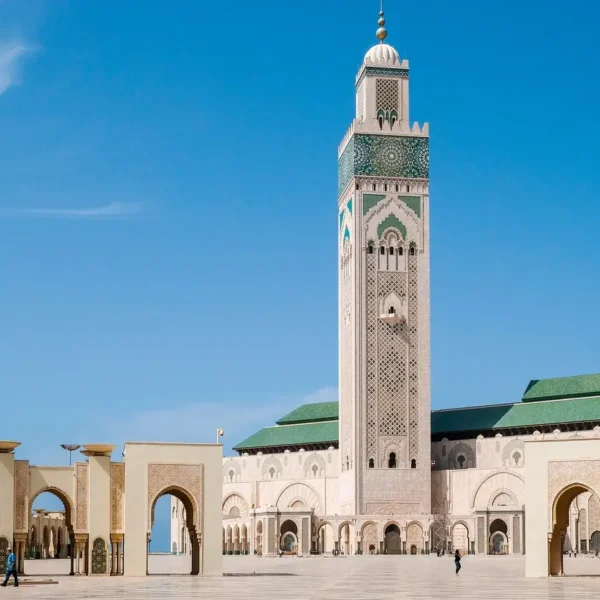
Avoiding Crowds and Extreme Weather
Beat the Summer Heat in Inland Cities
- July–August: Opt for Essaouira or the Rif Mountains over Marrakech.
- Sahara Alternatives: Visit Zagora instead of Merzouga for cooler, quieter experiences.
Winter Crowds? Head South!
- December: Explore Tafraoute’s almond valleys or Taroudant’s mudbrick walls.
Packing Tips for Every Season
Spring/Fall Essentials
- Light layers (linen shirts, cardigans)
- A scarf for sun protection and mosque visits
- Strong shoes for medina cobblestones
Summer Must-Haves
- High-SPF sunscreen and a wide-brimmed hat
- Swimwear for coastal stops
- Reusable water bottle (tap water isn’t safe to drink)
Winter Packing List
- Thermal layers (a necessity for desert nights)
- Waterproof boots (snow in the Atlas Mountains is possible)
- Small umbrella (rain showers can occur)
For a detailed checklist, explore our Morocco Packing Guide.
Frequently Asked Questions about the Best Time to Travel to Morocco
- When is the best time to travel to Morocco for cultural festivals?
Spring and early summer are ideal for events like the Rose Festival and Fes Sacred Music Festival, while Ramadan offers a unique cultural experience. - What are the best months for Sahara Desert treks?
Plan your trip between October and April for moderate daytime temperatures and starlit nights. - Is Morocco suitable for winter travel?
Yes! Winter offers quiet medinas, skiing in the Atlas Mountains, and almond blossoms in southern valleys. - Which regions of Morocco are best in summer?
Coastal towns like Essaouira and Taghazout offer breezy escapes, while Chefchaouen provides cooler temperatures in the Rif Mountains. - What should I pack for Morocco’s varying seasons?
Essentials include light layers for spring/fall, sun protection for summer, and thermal clothing for winter desert nights.
Conclusion and Final Tips
So, when is the best time to travel to Morocco? Spring and fall offer the best for sun and festival lovers. Budget travelers or winter sun seekers will find quiet magic from December to February.
Final Tips:
- Learn basic Arabic phrases like “Shukran” to connect with locals.
- Use a local guide for medina explorations to navigate the labyrinthine alleys.
- Be ready for sudden weather changes, especially in the mountains.
To ensure a seamless experience, consider booking with Morocco Joy Tours. Whether you’re planning a Sahara camel trek, exploring the bustling medinas of Marrakech, or hiking in the Atlas Mountains, our curated tours cater to every traveler’s needs. Let us help you unlock the magic of Morocco—your adventure begins with us!


